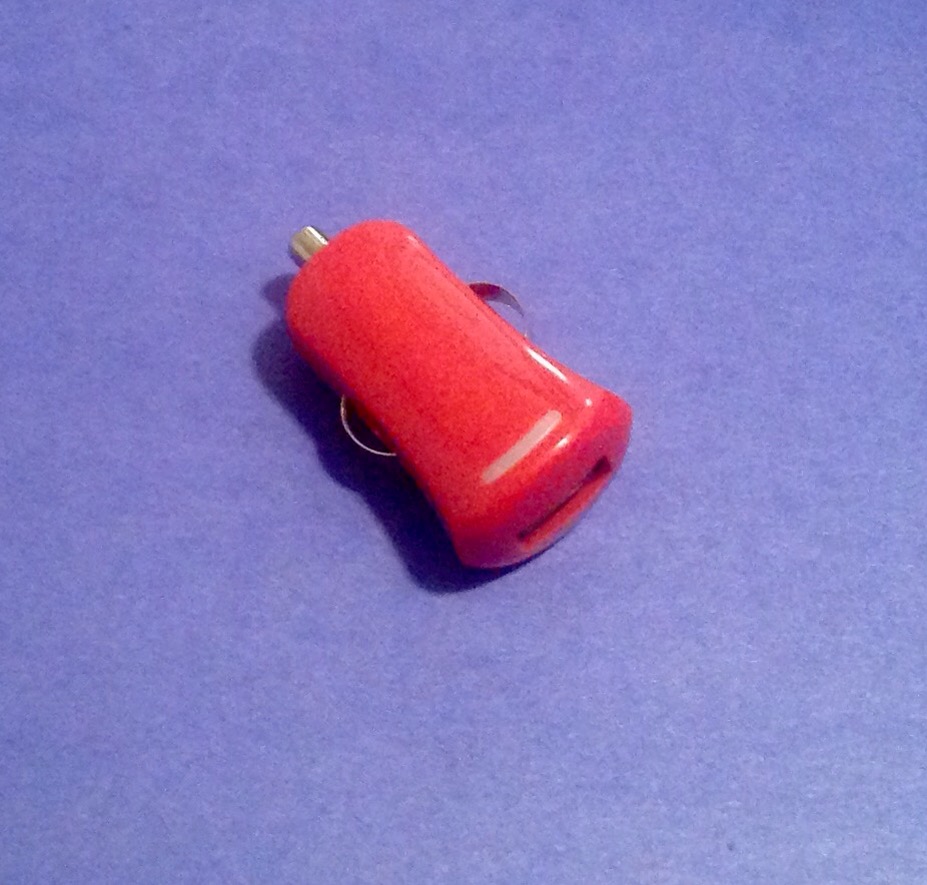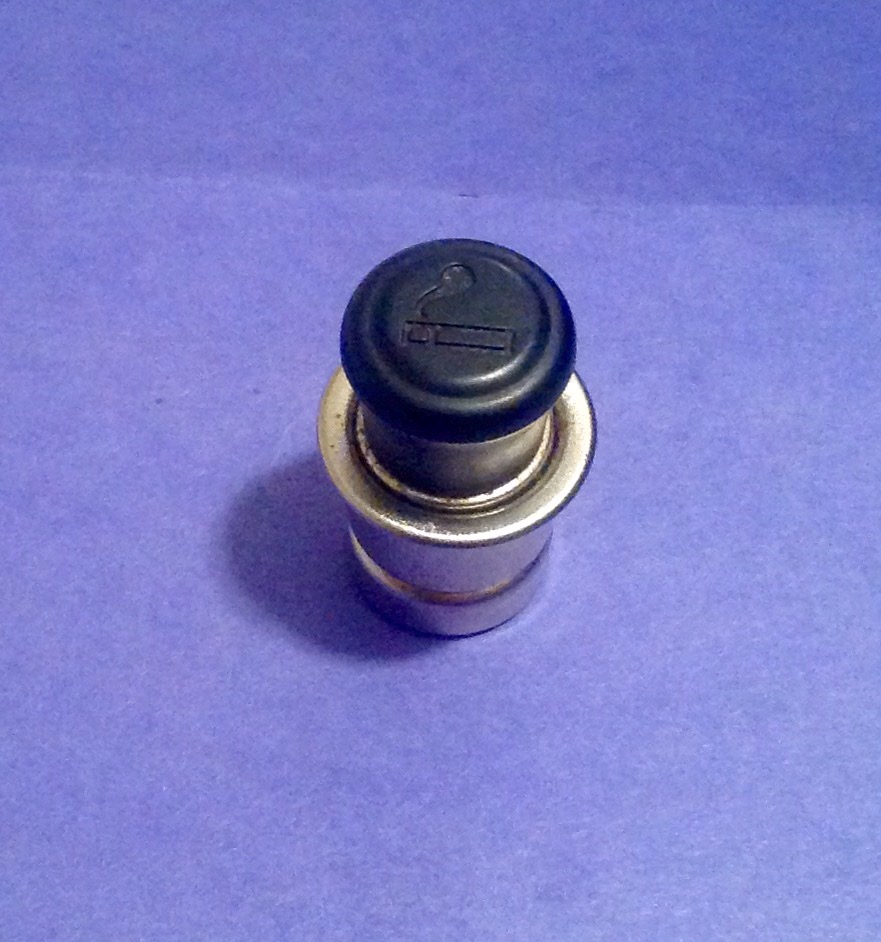It Can’t Do That…But It Does
It is between 9.00 and 9.25 inches in circumference.
It is between 2.86 and 2.94 inches in diameter.
It weighs between 5.00 and 5.25 ounces.
It has 108 stiches.

It’s those red stiches that give baseball one of it’s most amazing characteristics. The curveball. For years, basebal players and fans alike assumed that the curveball was an optical illusion. Because, it’s impossible for a ball to do what the curveball appears to do; change direction in mid-air.
When a pitcher throws a curveball, he grips it with two fingers on the top of the ball and his thumb below. As he releases the ball, he “flicks” his wrist, spinning the ball. If he throws it right, the ball will fly relatively straight and then at the last moment, “break” sharply down and to the left for a right handed pitcher. Down and to the right for a southpaw.
The modern baseball was invented in 1872. That’s when they started making them look like they do today with the raised stitching and the “figure eight” leather pattern. The cover was designed by a kid named Ellis Drake. He never patented the design. Prior to that, the ball had a sort of square cover.
But, who cares, right? I mean what’s the design of a baseball have to do with computers, or curveballs for that matter?
Unintended consequences: Around the time baseball was agreeing on the design of the ball, pitchers first figured out the curveball. It was either Candy Cummings or Fred Goldsmith. The thing is, it would be over a hundred years later before anyone figured out why a curveball curved, and it had to do with the stitches.
You’ve probably got one of these devices in your car.

We all know them as USB auto-adapters. Have you ever wondered why they are shaped the way they are? It’s an odd design if you think about it.
No, Rodney. See, they are designed this way so they will fit into the power receptacle in the cars.
Yes, that’s true. But, why are the power receptacles shaped that way? It’s because of these things.

This is a cigerette lighter. Chances are your car has a place for the cigerette lighter, but has no ashtray. Back when smoking was cool and people didn’t understand you were literally killing yourself, people liked to smoke in cars. Automobiles had ashtrays and these cigerette lighters. You pushed this in and after a couple of minutes, the coil inside heated up enough to catch tobacco and paper on fire.
When computers came along, especially laptop computers, someone had the brilliant idea of using the cigerette lighter to provide 12 volt DC power. (Okay, the use predates computers specifically, but go with me here.) The power from these adaptors is actually not particularly great. It can vary from as low as 5-6 volts during starting to as high as 14-15 volts. Computers don’t like this type of dirty power. Most adapters will attempt to “level” the power somewhat. But, it’s still a less than optimal solution.
But, the cars already had the adapters. I drive a near classic (1996) car. It still has an ashtray and right next to it the cigerette lighter. And virtually every car on the road will have an adapter outlet. The guy who invented the cigerette lighter didn’t know he was inventing a power standard for electronics.
And the guy who invented the design of a baseball didn’t know he was creating the perfect scenario for a curveball. It’s the stitching that makes it work. Those stitches grab the air as the ball rotates like tiny sails. The ball “pushes” the air in front of the stiches. That makes the air around the ball travel at different speeds. The ball wants to equalize those speeds and if thrown correctly, it does that just as the ball is crossing the plate. A curveball can break as much as 14″ from the pitcher to the catcher.
If a baseball were perfect round, a curveball would be impossible. So would a slider. And a knuckleball would have a lot less movement.
Sometimes we think we are building one thing and build something else entirely. And when it comes to baseball, and car adapters, that’s a very good thing.
Rodney M Bliss is an author, columnist and IT Consultant. His blog updates every weekday at 7:00 AM Mountain Time. He lives in Pleasant Grove, UT with his lovely wife, thirteen children and grandchildren.
Follow him on
Twitter (@rodneymbliss)
Facebook (www.facebook.com/rbliss)
LinkedIn (www.LinkedIn.com/in/rbliss)
or email him at rbliss at msn dot com(c) 2015 Rodney M Bliss, all rights reserved
